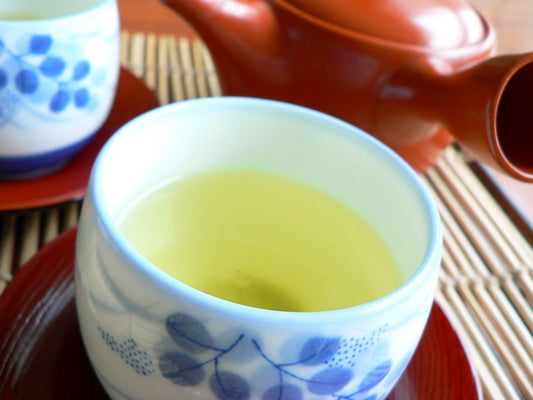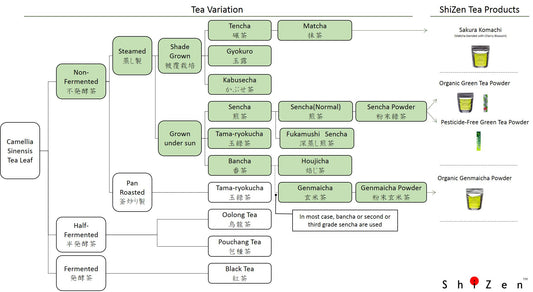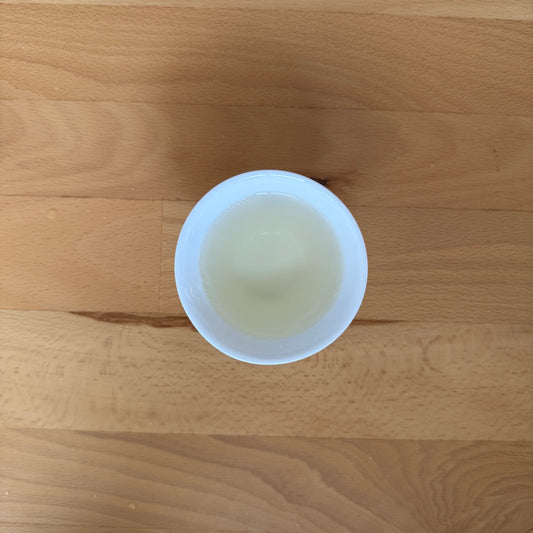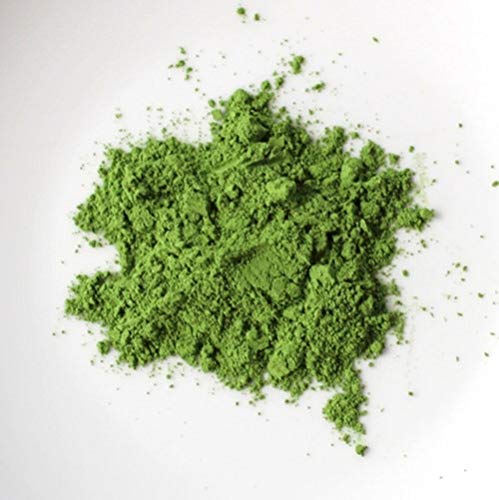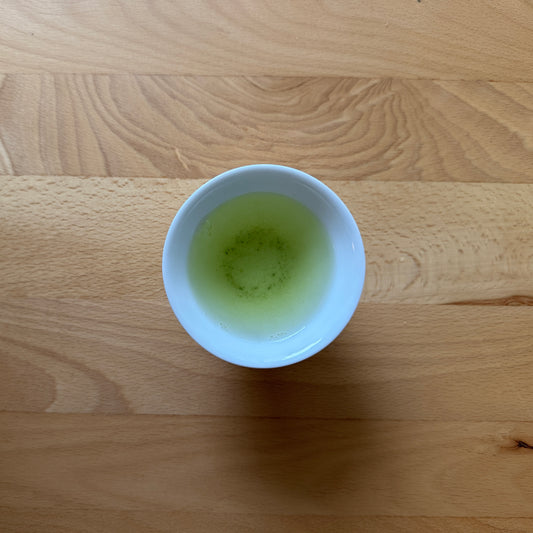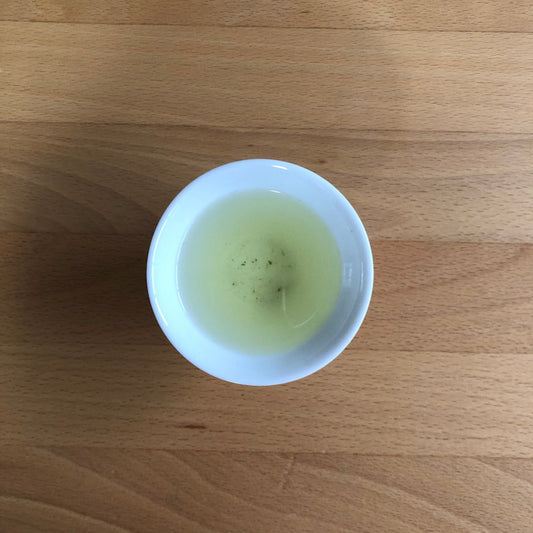The Master of Tea: The Life, Legacy, and Tragic End of Sen no Rikyu
Sen no Rikyu and the Perfection of Wabi-cha
Under Sen no Rikyu (1522-1591), a disciple of Takeno Joo, wabi-cha reached a perfected form, and the foundation of today's Way of Tea (Chado or Chanoyu) was laid. Rikyu served the most powerful rulers of his time, Oda Nobunaga and Toyotomi Hideyoshi, as a tea master (sado), elevating the Way of Tea to a practice that played an important role in politics and diplomacy.
The Spirit of "Wabi": Finding Richness in Simplicity
Rikyu established wakei seijaku (harmony, respect, purity, and tranquility) as the fundamental spirit of the Way of Tea. He pursued this spirit through the creation of specific spaces (small tea rooms of four and a half mats or less, known as soan), utensils (such as Raku tea bowls, which he designed himself), and the precise procedures for preparing tea (temae). The "wabi" that he aimed for was not mere simplicity or silence, but an inner richness and spiritual freedom found within austerity and insufficiency.

Source: Black Raku tea bowl "Ōguro," attributed to Chōjirō, Momoyama period. (Important Cultural Property)
A Clash of Aesthetics: Rikyu's Simplicity vs. Hideyoshi's Gold
A defining characteristic of Rikyu's Way of Tea was his attempt to uphold the spirit of wabi, even while confronting the lavish tastes of the ruler of the time, Hideyoshi, who was known for his Golden Tea Room and the Grand Kitano Tea Ceremony. Within this tense relationship, Rikyu elevated the spirituality of the Way of Tea to its highest level, while at the same time sublimating it into a universal aesthetic. Ultimately, however, he incurred Hideyoshi's wrath and met a tragic end, being ordered to commit ritual suicide (seppuku).

Reconstruction of the Golden Tea Room at the MOA Museum of Art. Photo by KAZUPON, licensed under CC BY-SA 3.0.
An Enduring Legacy and Its Dangers
Rikyu's achievements go beyond simply perfecting wabi-cha. He systematized the Way of Tea as a comprehensive art form, a culture of daily life, and a path for spiritual discipline. His philosophy and practice became the source for all later schools of the tea ceremony and continue to have an immeasurable influence on the Japanese sense of beauty and way of life. The establishment of the Way of Tea by Rikyu signifies that matcha was elevated from a simple beverage to a symbol of Japan's representative spiritual culture. However, this systematization as a "Way" also carried the inherent possibility that the form could be imitated without an understanding of its spirit. It can be said that the profound spirituality shown by Rikyu has always existed alongside the danger of being understood only on a superficial level as it has been passed down through the ages.


